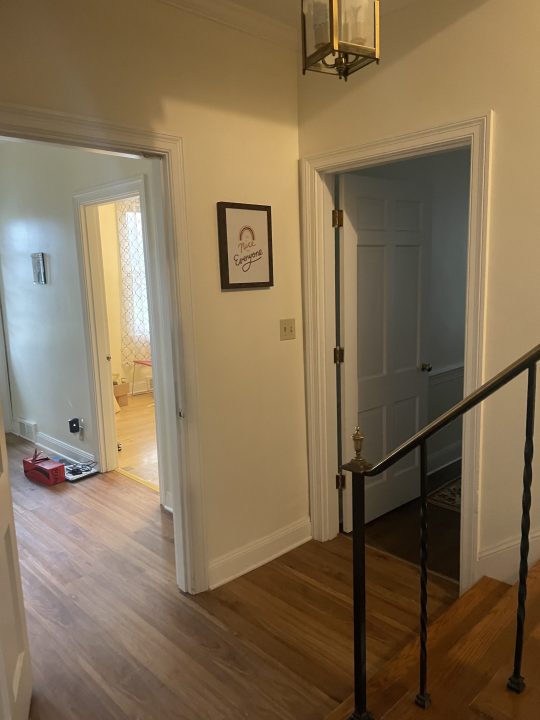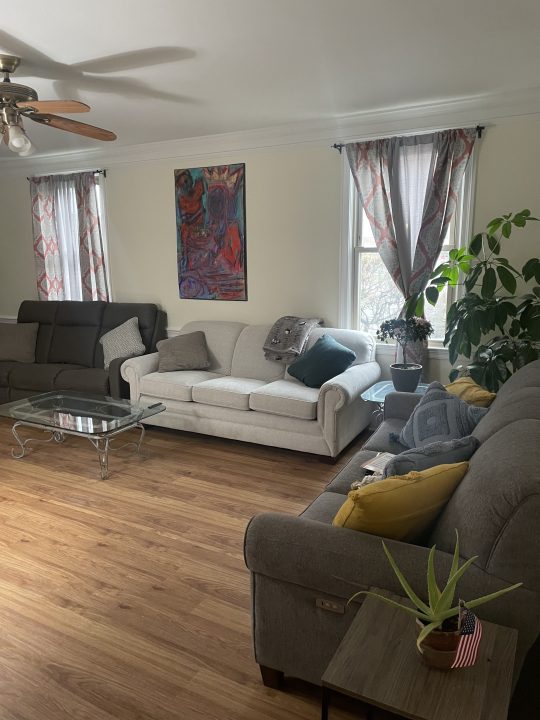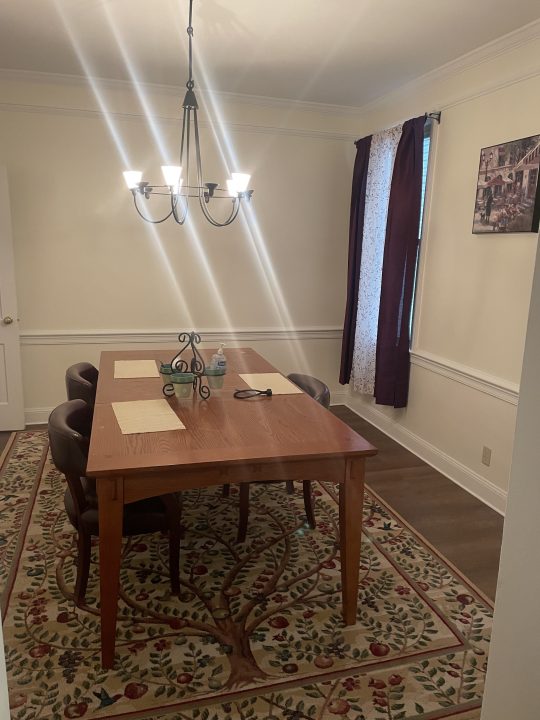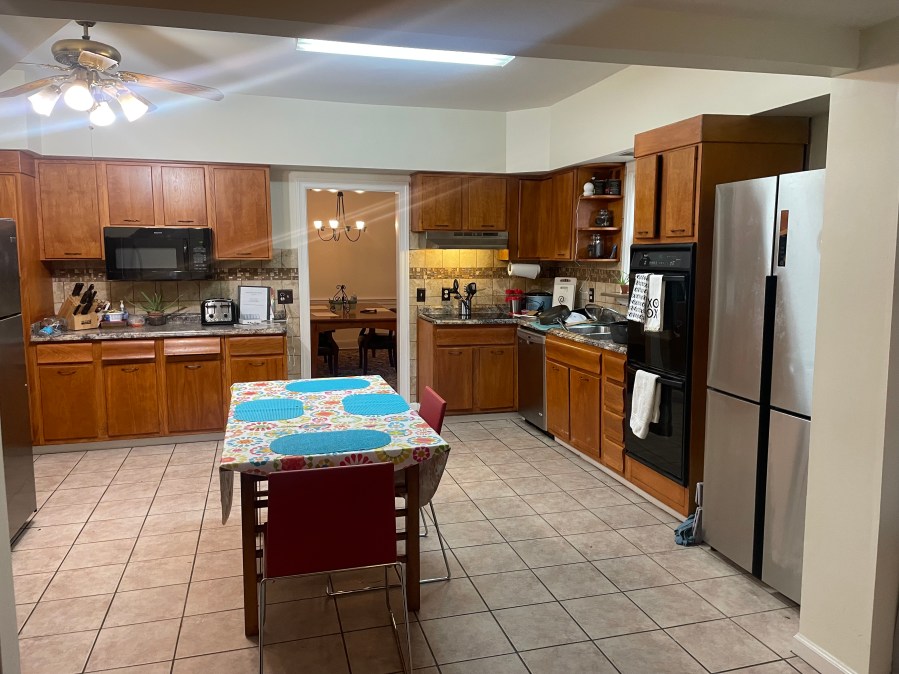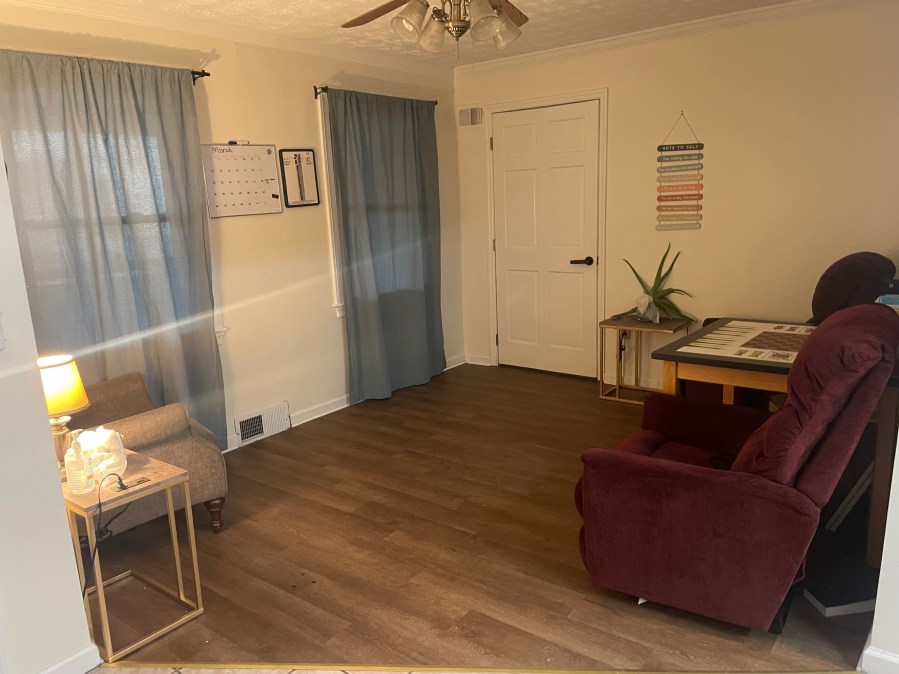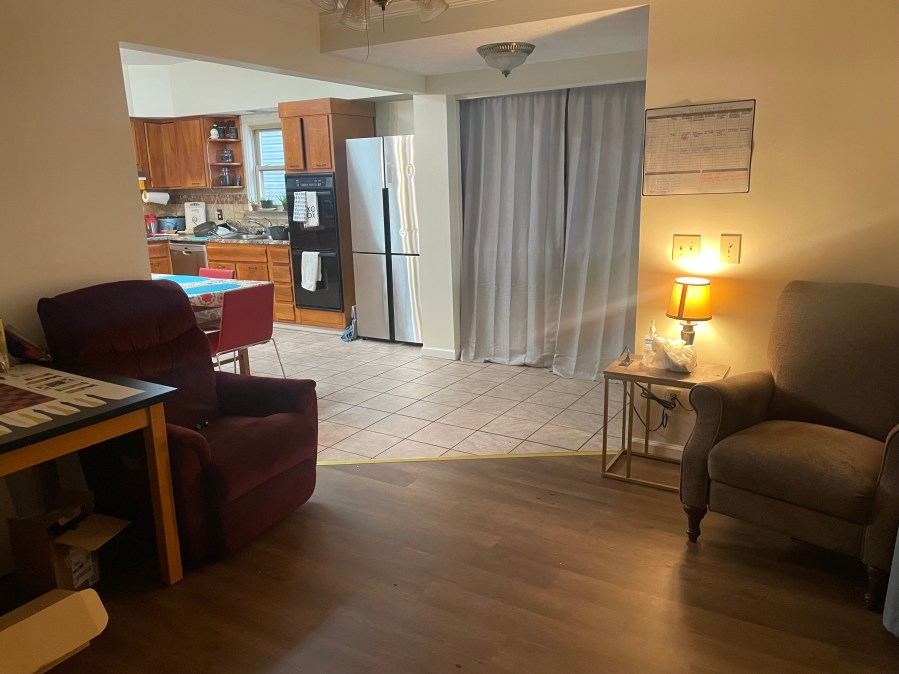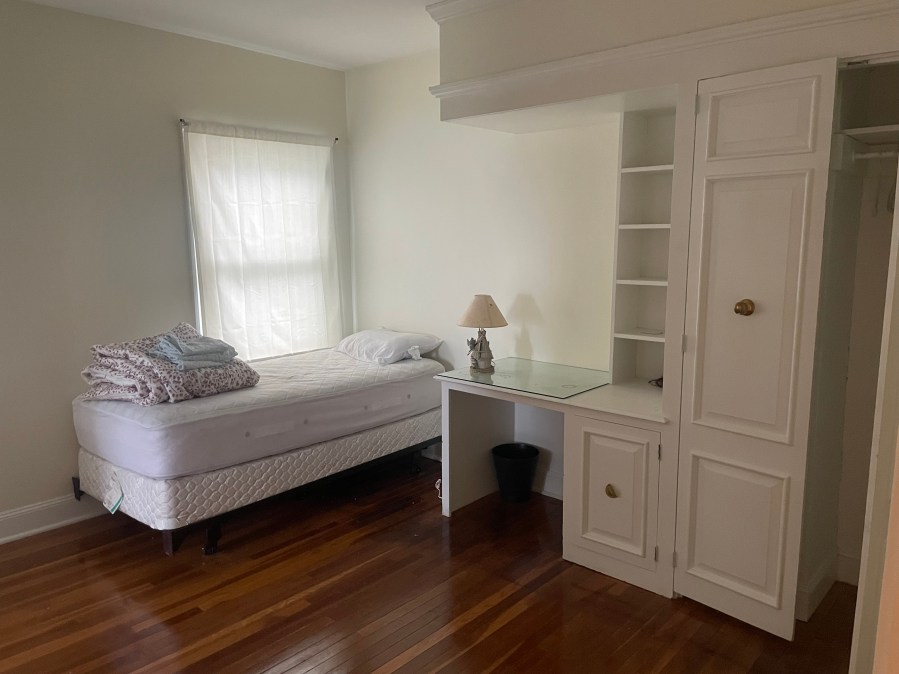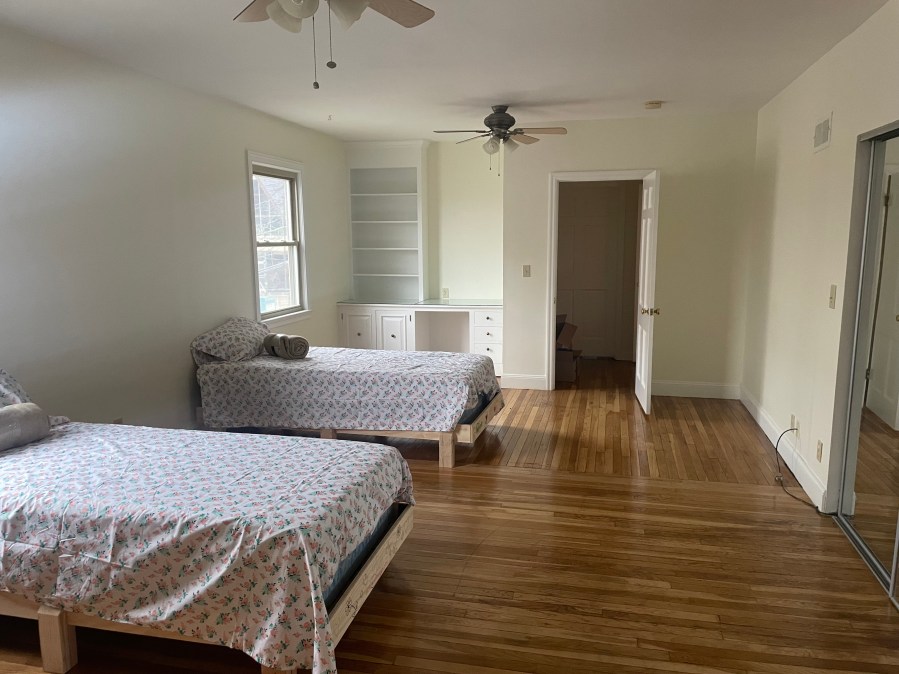COLUMBUS, Ohio (WCMH) – Tucked inside an old Catholic rectory on the South Side of Columbus, women once confined to a prison cell cook dinner, watch TV and make sure the door is locked behind them before heading to work.
The three-story home on the south side – built in 1900 to house priests within the Catholic Diocese of Columbus – was leased in December by the local nonprofit Accompanying Returning Citizens with Hope, or ARCH Reentry, to provide women recently released from Ohio prisons a temporary place to live.
Last Monday, Columbus City Council’s zoning committee approved ARCH’s request for a variance to allow it to house up to 13 people – a yearslong dream for the nonprofit’s executive director and founder Wendy Tarr, who said the 3,000 square-foot transitional home has served as a “pipeline” to help its residents get back on their feet.
“It’s a whole bunch of things that people have to navigate at one time with very high stakes when they come out of prison,” Tarr said. “I think that’s why we really wanted to create a space like this women’s house to have a soft place for people to land.”
Each year, more than 600,000 Americans return to society from prison, according to criminal justice think tank Prison Policy Initiative. Because of their criminal record – which Tarr said is akin to a “scarlet letter” – and other barriers to finding housing, formerly incarcerated people are nearly 10 times more likely to be homeless than the general public.
“When people come home, they’re dealing with trauma, with addiction, mental health, the trauma of being incarcerated,” Tarr said. “You’re removing someone from society, from their social supports […] from their ability to maintain and grow in a career pathway or to grow in their schooling and education, to be a parent with their child – all of those things become halted and disrupted.”
Having a roof over one’s head, according to ARCH’s programs and operations manager Dana Davis, is key to clearing the “fog” associated with the stressors, like getting an ID, health care, or access to transportation, that looms over formerly incarcerated people.
Although there are typically a lot of tears in the first 48 hours of a resident’s arrival, Davis said the women also experience a wave of relief – they have a place to stay, with the added bonus of ARCH Reentry workers to help connect them to jobs, health care and other resources.
“We just had a new resident; she moved in last week,” Davis said. “She was just saying that this place really felt like home.”
But Tarr said her dream of opening the South Side house would never have come to fruition without the outpouring of support from neighbors like the St. Vincent de Paul Society, who provided the bulk of furniture for the transitional home, and the Franklin County Commissioners, who have invested in ARCH’s housing programs and case management.
As for the home’s ability to uplift its residents – who typically stay between six and nine months before finding their own housing – Davis said the “proof is in the pudding.” Women served by ARCH Reentry have arrived in the South Side home with trade certifications, GEDs and other skills highly transferable to the workplace, she said.
“One of our employer partners says that the ladies are more skilled and have more experience than some of their longtime management teams – and they love that,” Davis said.
The transitional home does not only provide its residents with enhanced safety, Tarr said. By giving those returning from prison a roof over their head and “creating bridges” to help them survive and succeed, she said central Ohio’s communities are safer, too.
“Everybody has troubles in their past or mistakes that they’ve made or decisions that they may have made. Unfortunately, for these folks, some of them ended up in prison because of it,” Tarr said. “But that doesn’t have to be their future.”
ARCH Reentry’s long-term goal is to open a transitional house for men who were released from prison, Tarr said.


